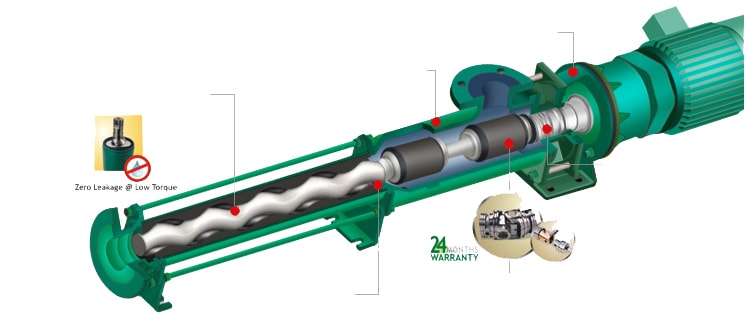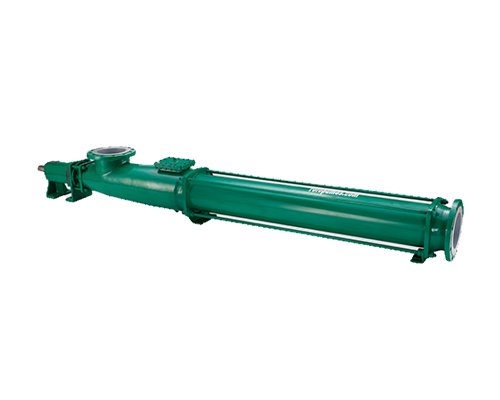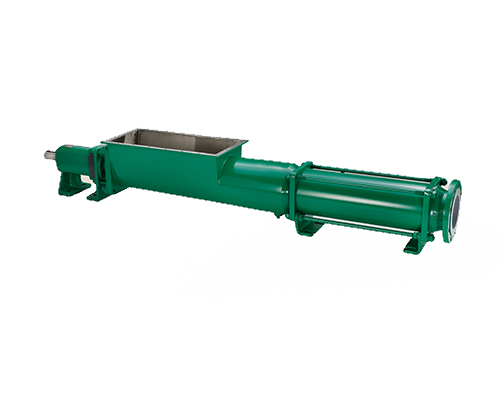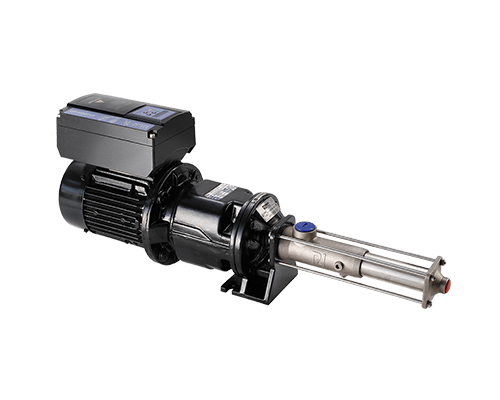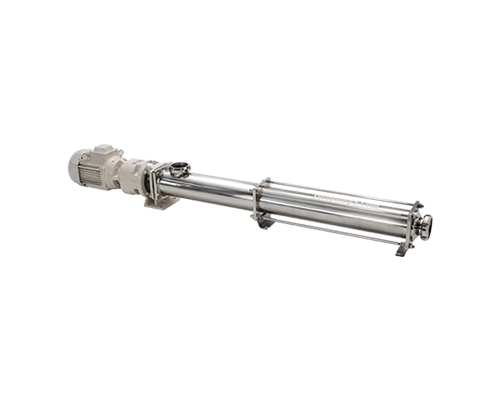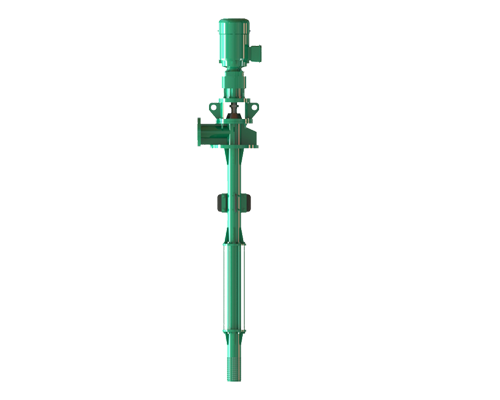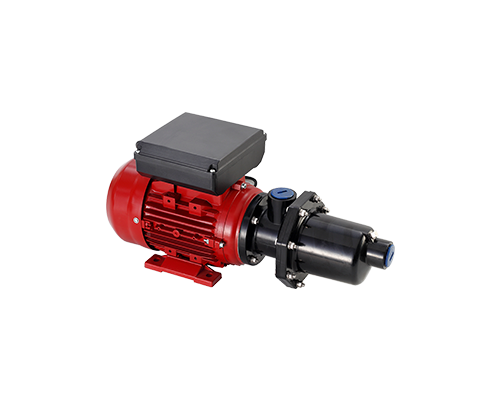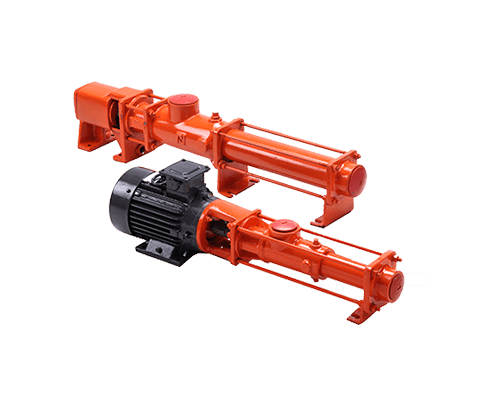Progressive Cavity Pumps
The Progressive Cavity Pumps are built and designed to move fluids with various synthetic properties, running from high to low viscosities. They can be customized according to individual applications. These kinds of pumps work with premium dynamic function and comprise of a double helix elastomer stator and a single external helix rotor which carries the fluids through the cavities. Being a kind of a Positive Displacement Pumps, these pumps works on the principle of displacement.
These pumps are highly efficient and are an ideal choice for a number of applications involving a variety of liquids and materials, and requiring hefty pumping procedures. Industries that use these kinds of pumps include oil and gas and waste water management among others.
Progressive Cavity Pumping Principle
The pumping element comprises of a precision machined single external helix metallic rotor, and a double internal helix elastomer stator. Due to the special profile of the rotor and stator set, a sealing line is formed along the axis of the rotor which is maintained at both static and dynamic conditions. As the rotor turns within the stator, these cavities progress from the suction to the discharge end of the pump carrying the fluid.
Positive Displacement
Because of single rotating element, progressive cavities are generated which deliver a uniform, metered and non-pulsating flow. The developed head is independent of the rotational speed, where as the capacity is proportionate to the speed.
Self priming
Inherently self-priming, the pumps can work on snore and do not require a foot valve.
Non-Clogging
Can handle solid in suspension or media containing a high percentage of solids.
Low NPSH Requirement
Suction lift capabilities of up to 9.5mWc and effective in high vacuum conditions.
Low Internal Velocity
Minimum degradation of shear-sensitive media, and can also handle highly viscous materials having pseudo-plastic characteristics.
Reversible
Due to the reversible rotation capabilities, Progressive Cavity Pumps can perform with equal efficiency in either direction.
Silent Running
Rotors turn inside a resilient stator and thus generate little noise.
Separate Bearing Housing
Fluids can be pumped without no contamination.
